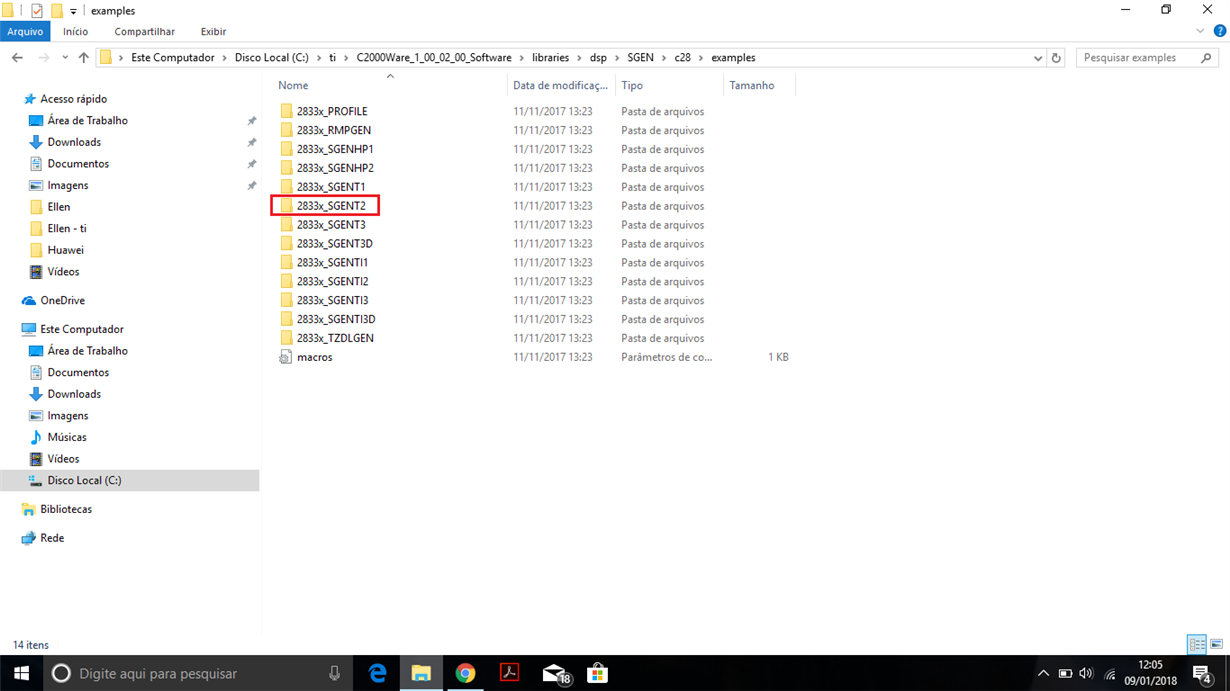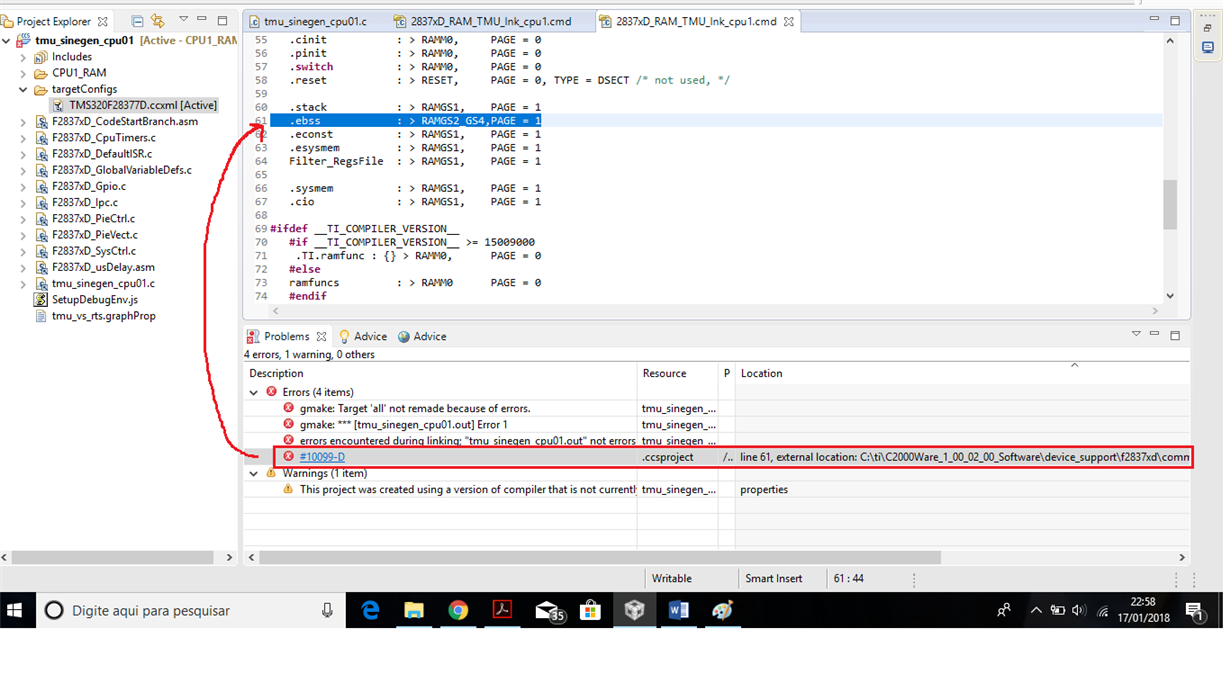Other Parts Discussed in Thread: C2000WARE
Hi everyone,
Have anyone tried to add two sine waves using F28379D? Is there any example from the control suite?
I was thinking this could be the first move to simulate a reading from a sensor to analyse the FFT of its sine wave.
Any help will be helpful. Thanks a lot.






